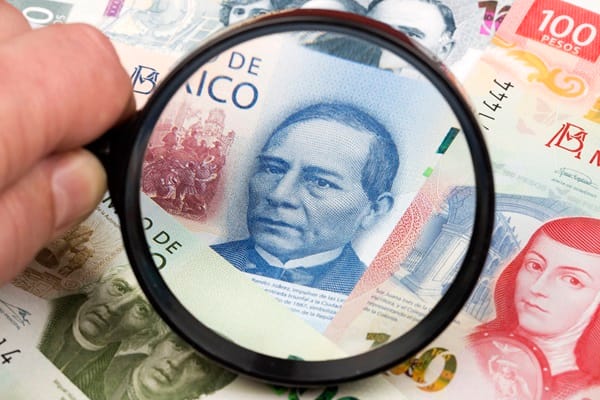The Mexican peso continues to face a challenging scenario, marked by a combination of internal and external factors putting pressure on the currency’s value.
President-elect Donald Trump’s promise to impose a 25% tariff on all imports from Mexico emerges as a significant risk for an economy heavily dependent on exports to its northern neighbor.
This announcement has previously impacted the market, and for now, the pressure has extended with USD/MXN climbing 0.4% to trade near 20.75 pesos per dollar.
Six leadership skills you need to make the most of AI
On the trade front, the recent $371 million surplus in October, the first in five months, presents a bittersweet narrative. While exports hit a record high of $57.67 billion, boosted by a 13.5% increase in non-oil exports —highlighting sectors such as mining and manufactured goods, this result has not been sufficient to ease pressure on the currency. Conversely, oil exports fell by 24.2%, reflecting the impact of low crude prices.
Mexico’s dependence on the U.S. market is evident, with exports to the U.S. growing by 13.9%, underscoring the Mexican economy’s vulnerability to potential external shocks. At the same time, imports also hit a record high of $57.30 billion, driven by an 11.6% increase in intermediate goods, reflecting an expansion in industrial activity, a key driver for the country.
From a domestic perspective, the peso has also been influenced by Bank of Mexico’s proactive measures, which, although relatively moderate, aim at normalizing its monetary policy stance. On the external front, international trade tensions and a restrictive monetary policy in the U.S. pose additional risks that could erode the Mexican currency’s value.

